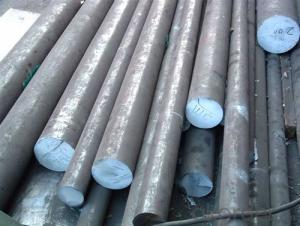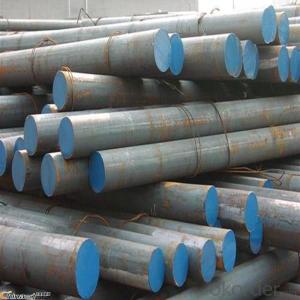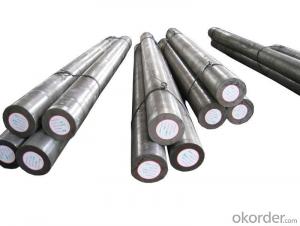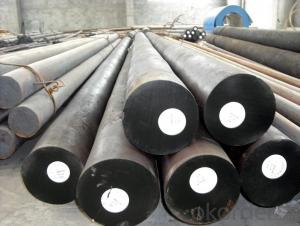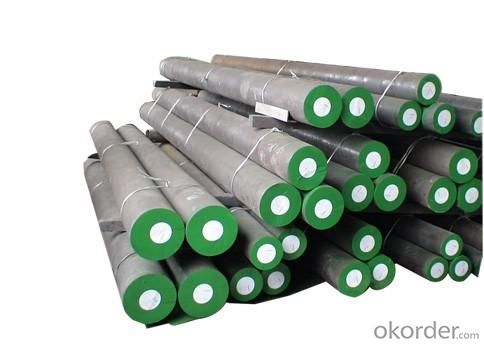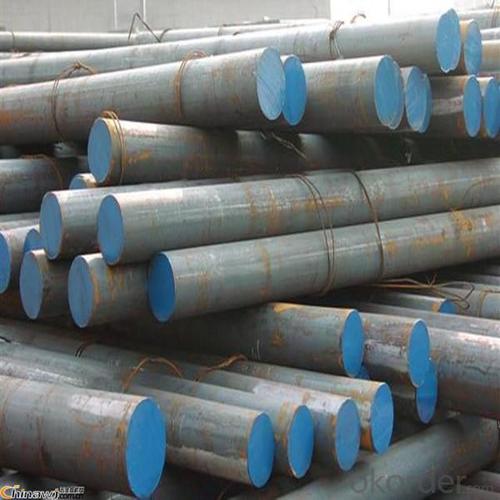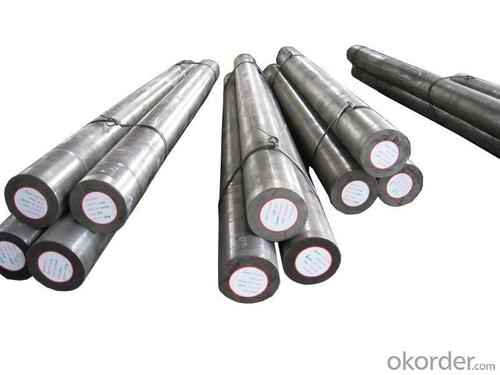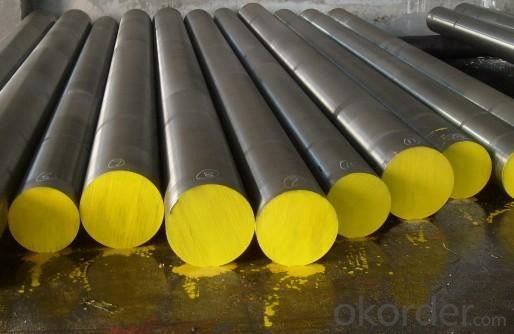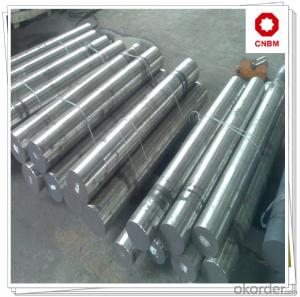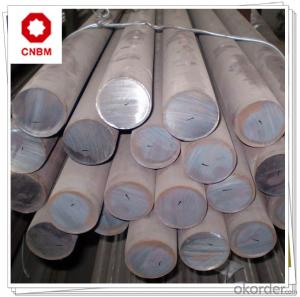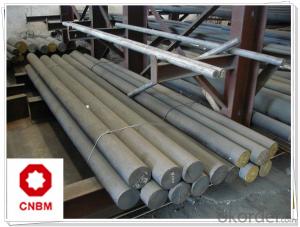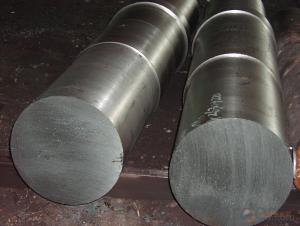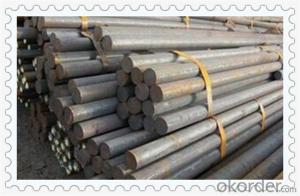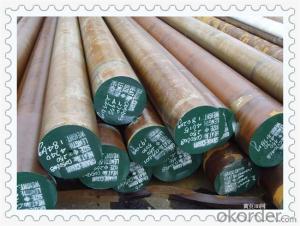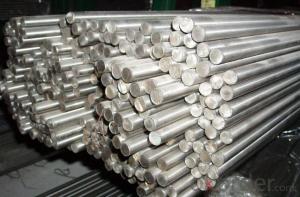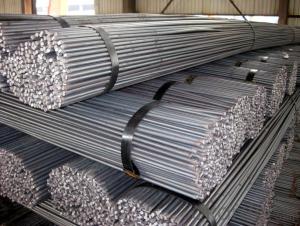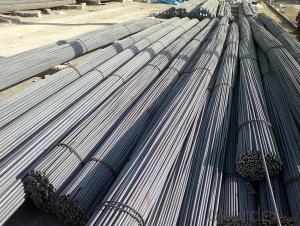1039 Alloy Steel Round Bar
- Loading Port:
- China main port
- Payment Terms:
- TT OR LC
- Min Order Qty:
- 5 m.t.
- Supply Capability:
- 100000 m.t./month
OKorder Service Pledge
OKorder Financial Service
You Might Also Like
Specification
1039 Alloy Steel Round Bar
1. Product Description
Item | 1039 Steel Bar,1039 Steel Rod,Carbon steel bar 1039, Carbon steel rod 1039,Alloy steel bar 1039,Alloy steel rod 1039, Alibaba best sellers 1039 alloy steel bar,1039 alloy steel round bar | |
Standard | GB,AISI,JIS,ASTM,EN,ASTM,etc | |
Material | 10#,S210C,S09CK,1010,C10E,15#,S15C,S15CK,1015,20#, S20C,S20CK,1020,C22,25#,S25C,1025,30#,S30C,1030,35#, S35C,1035,40#,S40C,1040,45#,S45C,1045,C45E,50#,S50C, 1050,55#,1055,60#,C60,20Mn,1022,25Mn,30Mn,40Mn,50Mn, 20Mn2,1320,30Mn2,1330,1335,1340,1033,1039etc | |
Shape | Round,Flat,Square,Angle,Hexagonal,etc | |
Surface | Black painted,Galvanized, | |
Dimension | Round bar | Diameter:4mm-800mm |
Angle bar | 3mm*20mm*20mm-12mm*800mm*800mm | |
Square bar | 4mm*4mm-100mm*100mm | |
Flat bar | Thickness:2mm-100mm | |
Width:10mm-500mm | ||
Hexagonal bar | 4mm-800mm | |
Length:2m,4m,5.8m,6m,11.8m,12m,or as required | ||
Price Term | EXW,CFR,FOB,CIF,etc | |
Payment Term | L/C,T/T,D/P,etc | |
Package | Standard seaworthy export package or as customer’s request. | |
Export To | Singapore,Bangladesh,Italy,India,Indonesia,Spain,Brazil,Iran, Peru,Chile,Slovenia,Cameroon,Thailand,Turkey,etc | |
Delivery Time | According to order’s quantity. | |
Application | Carbon steel rod applies to chemical industry,shipping industry, manufacturing industry,construction,decorate industry,electric power,pump shafts,sanitary wares,furniture handles,boiler,high temperature resistant,low temperature resistant,corrosion resistant. | |
Contact | My all info are below,please feel free to contact me. | |
2. Photo Show

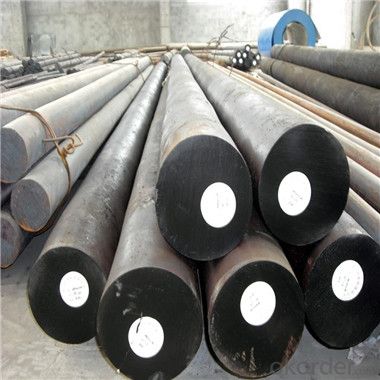
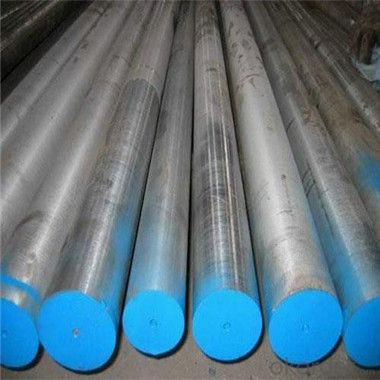
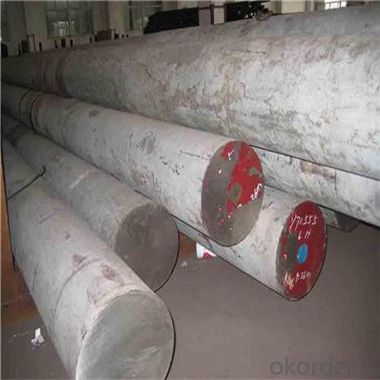
3. Chemical Composition
Item | C | Si | Mn | P ≤ | S ≤ |
1039 | 0.37-0.44 | 0.20-0.35 | 0.70-1.00 | 0.040 | 0.050 |
- Q: Can steel round bars be used for making stabilizer bars?
- Stabilizer bars can indeed be made using steel round bars. The automotive industry commonly employs steel due to its exceptional durability, high strength, and resistance to deformation. Stabilizer bars, also referred to as sway bars, are crucial components in a vehicle's suspension system. Their purpose is to enhance stability while cornering and minimize body roll. These bars endure substantial forces and must possess the ability to withstand heavy loads. Steel round bars offer the essential strength and rigidity necessary for stabilizer bars to effectively fulfill their function. Moreover, steel is easily accessible and cost-effective, which contributes to its popularity as a preferred material for manufacturing stabilizer bars in the automotive industry.
- Q: Can steel round bars be used for making bicycle frames?
- Yes, steel round bars can be used for making bicycle frames. Steel is a commonly used material for bicycle frames due to its strength, durability, and relatively low cost. Steel round bars can be shaped and welded together to create a sturdy and rigid frame that provides stability and support for the rider.
- Q: What are the common sizes of steel round bars?
- The common sizes of steel round bars vary depending on the specific application and industry standards. However, some of the most common sizes range from 1/4 inch to 24 inches in diameter. These sizes are often available in increments of 1/8 inch or 1/4 inch. It is important to note that these sizes may differ based on the country or region as well. Additionally, steel round bars can also be available in metric sizes, which typically range from 6mm to 600mm in diameter. Overall, the selection of steel round bar sizes is extensive, allowing for a wide range of applications across various industries.
- Q: Can steel round bars be used in the manufacturing of home decor?
- Yes, steel round bars can definitely be used in the manufacturing of home decor. Steel round bars are versatile and durable materials that can be shaped, welded, and manipulated into various forms and designs. They can be used to create decorative elements such as candle holders, wall art, sculptures, furniture accents, and more. Steel round bars can be polished, painted, or left in their natural state to suit different interior design styles. Additionally, steel is a strong and long-lasting material, making it ideal for home decor items that need to withstand regular use and maintain their appearance over time.
- Q: What are the advantages of using nickel-zinc alloy steel round bars?
- Nickel-zinc alloy steel round bars offer numerous benefits. Firstly, they possess a remarkable strength-to-weight ratio, making them ideal for applications that prioritize durability and strength. This allows for the construction of lighter structures without compromising on performance. Secondly, nickel-zinc alloy steel round bars outperform other steel types in terms of corrosion resistance. This makes them perfect for use in harsh environments where exposure to moisture, chemicals, or extreme temperatures is common. Furthermore, the corrosion resistance properties of nickel-zinc alloy steel contribute to its longevity and ability to withstand the test of time. In addition, nickel-zinc alloy steel boasts excellent weldability and machinability, making it easy to work with and shape into various forms. This versatility allows for the creation of intricate designs and structures, making it a popular choice in the construction and manufacturing industries. Moreover, nickel-zinc alloy steel round bars exhibit favorable thermal and electrical conductivity properties. This makes them suitable for applications that require efficient heat or electricity transfer, such as in the production of electrical components or heat exchangers. Lastly, nickel-zinc alloy steel is renowned for its resistance to fatigue and wear, making it suitable for applications involving repetitive or high-stress operations. This ensures that structures or components made from nickel-zinc alloy steel maintain their performance and integrity over extended periods. To summarize, the advantages of nickel-zinc alloy steel round bars include a high strength-to-weight ratio, superior corrosion resistance, excellent weldability and machinability, favorable thermal and electrical conductivity, and high resistance to fatigue and wear. These properties establish nickel-zinc alloy steel as a reliable and versatile material for a wide range of applications.
- Q: What are the advantages of using free-cutting steel round bars?
- Free-cutting steel round bars boast numerous advantages. Firstly, their impeccable machinability sets them apart. These bars are specifically designed for easy machining, allowing for smooth and efficient cutting, drilling, and shaping processes. This makes them highly suitable for applications that demand precision and intricate detailing, such as the production of automotive components, machinery parts, and precision instruments. Secondly, free-cutting steel round bars offer enhanced productivity and reduced manufacturing costs. Thanks to their superior machinability, these bars significantly reduce the time and effort required for machining, resulting in higher production rates and increased efficiency. Additionally, the reduced wear and tear on cutting tools lengthens their lifespan, thereby reducing tool replacement costs and overall manufacturing expenses. Moreover, free-cutting steel round bars excel in chip control. During machining, the chips produced can impact the final product's surface finish and dimensional accuracy. However, free-cutting steel round bars are specifically formulated to generate small, manageable chips that are easily expelled from the cutting zone. This not only enhances the quality of machined parts but also minimizes the risk of chip clogging or chip-related issues. Another advantage of utilizing free-cutting steel round bars lies in their superb surface finish. These bars are often manufactured with a fine grain structure and minimal impurities, resulting in a smooth and visually appealing surface finish. This becomes particularly crucial for applications where aesthetics and appearance play a significant role, such as in architectural designs or decorative purposes. Lastly, free-cutting steel round bars offer exceptional mechanical properties. They are typically produced with controlled chemical compositions and undergo precise heat treatments, ensuring consistent and reliable mechanical performance. This renders them suitable for demanding applications that necessitate high strength, toughness, and durability. In conclusion, the benefits of employing free-cutting steel round bars encompass exceptional machinability, improved productivity, reduced manufacturing costs, superior chip control, enhanced surface finish, and reliable mechanical properties. These advantages establish free-cutting steel round bars as the preferred choice in various industries and applications.
- Q: What is the minimum diameter available for steel round bars?
- The minimum diameter available for steel round bars can vary depending on the specific manufacturing and supplier capabilities. However, in general, steel round bars can be found in a wide range of diameters starting from as small as 1/8 inch (3.175 mm) and going up to several inches or even larger. It is best to consult with steel suppliers or manufacturers to determine the exact minimum diameter available for steel round bars based on your specific requirements.
- Q: Can steel round bars be used in the oilfield equipment industry?
- Yes, steel round bars can be used in the oilfield equipment industry. Steel round bars are commonly used in the manufacturing of various components and structures in the oilfield equipment industry due to their strength, durability, and resistance to corrosion. These bars are often utilized in the construction of drilling tools, pipe fittings, valves, and other equipment needed for oil exploration, extraction, and transportation.
- Q: How do steel round bars compare to other materials like aluminum or titanium?
- Steel round bars have certain advantages over materials like aluminum or titanium. Steel is known for its high strength and durability, making it suitable for heavy-duty applications. It has a higher tensile strength compared to aluminum, which gives it better resistance to bending or deformation. Additionally, steel round bars have a lower cost compared to titanium, making them more economical for various projects. However, aluminum and titanium offer their own unique benefits such as lighter weight and greater corrosion resistance, which may make them more suitable for specific applications. Ultimately, the choice between steel, aluminum, or titanium round bars depends on the specific requirements and constraints of the project at hand.
Send your message to us
1039 Alloy Steel Round Bar
- Loading Port:
- China main port
- Payment Terms:
- TT OR LC
- Min Order Qty:
- 5 m.t.
- Supply Capability:
- 100000 m.t./month
OKorder Service Pledge
OKorder Financial Service
Similar products
Hot products
Hot Searches
Related keywords

